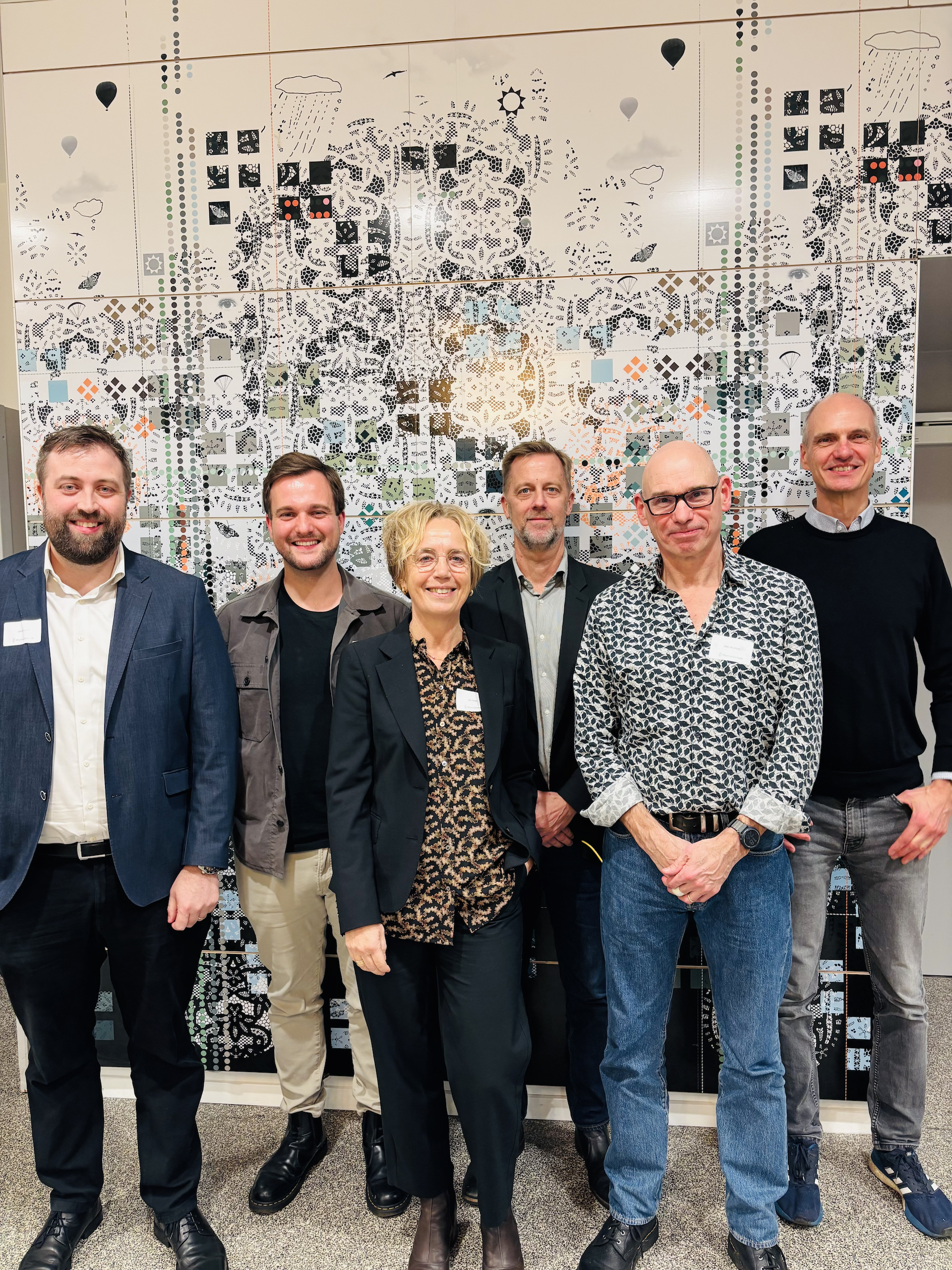21.11.2025
By: Helen Frost, PhD and co-host of the Talking of Science podcast
De novo protein design, for the uninitiated, is the creation of completely novel protein sequences from scratch. This makes use of advanced computational tools which can predict the structures and functions of theoretical proteins which have never been seen in nature before. This is not the same as protein engineering, which has been around for many years and aims to generate improved protein features by adjusting sequence and properties of an existing protein.
The evening’s programme featured keynote insights from Professor Dek Woolfson on the past, present, and future of protein design, technical perspectives and applications of the technology from Associate Professor Timothy Jenkins, and a clinical case study from Novo Nordisk’s Ida Hilden and Jacob Lund. Across these sessions, several important themes emerged for professionals seeking to stay ahead in this dynamic area.
However, before we get to the main takeaways, it’s important to reflect on what’s so timely about this discussion. As Dek Woolfson put it, “We’re at an extraordinary moment in de novo protein design. AI tools that we’ve now got at our fingertips are accelerating what once took years into weeks and months. Combining this with improved understanding of the chemistry and physics of protein though rationally seeded design will open doors to create proteins with structures and functions that are completely new to nature to tackle challenges in biotech, sustainability, and healthcare.” The surge in computing power in recent years has unlocked protein design capabilities, and the importance of this technological development was recognised last year when David Baker was awarded the Nobel Prize in Chemistry for his work in the computational design of proteins.
So, for the hardworking life science professionals across all parts of the ecosystem, the messages that came out of the discussions can be condensed into three key takeaways.
1. Artificial intelligence is accelerating protein design (and many other fields) beyond what could be imagined a few short years ago
Protein design has shifted from a slow, iterative process to one powered by artificial intelligence and machine learning. What once took decades can now be achieved in months. Tools like AlphaFold have revolutionised structural prediction, and generative AI is enabling bespoke backbone designs for proteins with functions nature never imagined. This acceleration is not just academic. In fact, it’s opening doors to real-world applications, from novel enzymes to therapeutic binders. For professionals, the message is clear: AI literacy and computational skills are becoming indispensable in life sciences.
2. Translational impact is real and growing
The case study of Mim8, a bispecific antibody for the treatment of haemophilia, illustrates how rational design principles and computational modelling are already shaping clinical outcomes. Since the project was born many years ago, Novo Nordisk’s approach combined traditional protein engineering with the adoption of modern design tools to create a therapy offering superior pharmacokinetics and patient benefits. Similarly, de novo designed proteins are tackling global health challenges, such as snake venom neutralisation, and even advancing cancer immunotherapy. And, beyond healthcare the applications for de novo designed proteins are limited only by imagination, with current projects in improving cheese manufacturing and detergent efficacy, to name a few. For those in pharma, biotech, and healthcare, understanding how design specifications influence downstream development is critical for bridging discovery and application, and untangling underlying biochemistry and mechanism will always be necessary.
3. Collaboration and multidisciplinary skills are vital now, and will continue to be essential to solve our challenges
Protein design sits at the intersection of biology, chemistry, physics, and data science. Success in this field requires not only technical expertise but also collaboration across academia, industry, and regulatory bodies. As speakers emphasised, pharmacists, clinicians, and computational scientists all play a role in shaping design strategies and ensuring translational success. For professionals, this means investing in cross-disciplinary knowledge and building networks that span the entire innovation pipeline. As Tim Jenkins said, “AI can’t solve the challenge of recruiting for clinical trials.” And Ida Hilden stressed that, “We will always need clever people to understand the biology of a disease and its mechanisms.”
These three key themes can be applied in almost all parts of the life science ecosystem, to some degree or another. And here in Denmark, it’s clear that there are high ambitions, from a number of critical actors, to become world-leading in the field of de novo protein design. With recent investments, such as the creation of the Centre for Protein Design at the University of Copenhagen, we are poised to become a hub of expertise in protein design, and in the essential skills needed to understand, explore and innovate with these potential miracle molecules. That means we all have the opportunity to get ahead of the curve and remain informed and excited about how this technology is developing.
Pharmadanmark’s initiative in hosting Life Science Talks underscores the importance of continuous learning and professional development in the life sciences. By convening experts and fostering dialogue on topics like protein design, the organisation is helping its members stay at the forefront of scientific and technological change.
